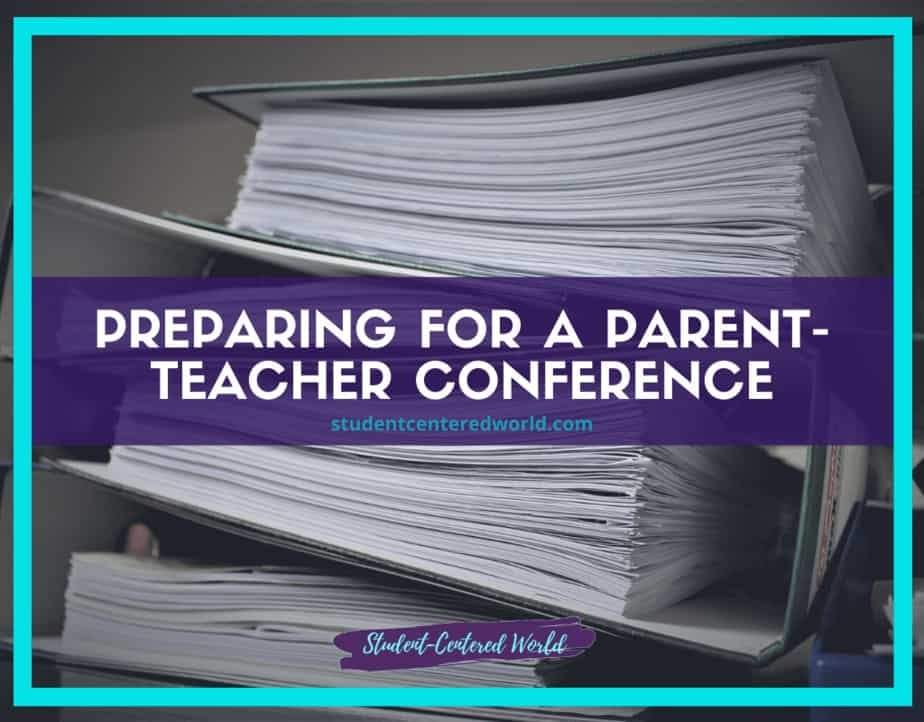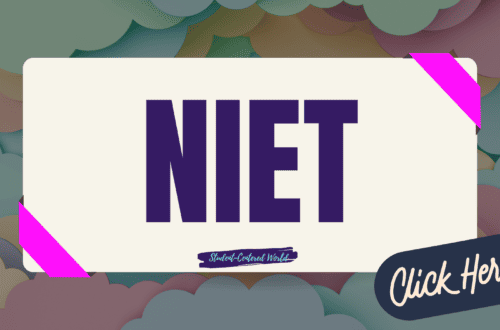Whole Brain Teaching and Student Engagement in the 21st Century
The concept of Whole Brain Teaching isn’t a new one, but it also doesn’t get the attention it deserves. WBT is a teaching method that engages all parts of the brain in learning, which means students are more likely to retain information and be successful in school. It takes the learning process as we know it and flips it on its head, making it more interactive and effective, helping to skyrocket student engagement.

WBT is based on the idea that we learn best when all parts of the brain are engaged. This means that students who use Whole Brain Teaching techniques are more likely to remember what they’ve learned and be successful in school. The key to WBT is interaction. Students are actively involved in the learning process, which helps them to understand and remember information better. It is a simple technique that has huge results.
Why is Whole Brain Teaching So Effective?
Whole brain teaching strategies have been shown to be more effective than traditional methods and are backed by scientific research, yet it isn’t used as often as they should be. Part of the reason may be that it is different from the way most of us were taught, so it can be tough to change our methods. However, if we want to give our students the best chance to succeed, we need to start using Whole Brain Teaching techniques in our classrooms. It helps keep (and encourage) the students’ attention and as a best practice, it engages all parts of the brain in learning, which means students are more likely to retain information and be successful.
The premise behind whole-brain teaching strategies is that it motivates areas of the brain that direct instruction often doesn’t reach. When we use whole-brain teaching in the classroom, it forces both sides of the brain to work together. The idea is that the motor cortex and the prefrontal cortex work together to control our movements and thoughts. When we use whole-brain teaching strategies, we are stimulating both of these areas at the same time. This helps students to better understand and remember information.

This type of learning increases a student’s ability to problem-solve, think creatively, and remember information for longer periods of time. By utilizing a more interactive form of instruction, you continually are grasping the attention of students and it helps k-12 teachers with their classroom management.
You see, when both sides of the brain are working together, it’s more likely that a student will be engaged in what they’re learning. When students are actively engaged in the learning process, they tend to naturally follow classroom rules because it leaves less chance (or their own “interpretation” of right versus wrong).
Whole Brain Teaching vs. Traditional Teaching
The difference between a standard lecture-discussion model and whole brain teaching rules is a multi-sensory approach to not only challenge kids but promote the use of active learning. When we use more than one modality to engage kids, we are stimulating different areas of the brain. This type of instruction not only helps with memory but it supports higher-order thinking skills due to how it taps into brain function.
The best part is that you don’t need any special equipment or materials to start using whole-brain teaching in your classroom. If you’re looking for a way to engage your students and help them learn more effectively, whole-brain teaching may be the answer.
There are many different whole brain teaching strategies that you can use in your classroom, but some of the most popular ones include:
1. The Hook: This is a great way to start a lesson and get your students engaged from the very beginning. The hook can be anything from a short video clip to a question that gets your students thinking.
2. Chunking: This strategy involves breaking down information into smaller, more manageable chunks. This helps students to better understand and remember the information.
3. Interactive Notebooks: This is a great way to get students involved in the learning process and help them to better understand the material. Students can create their own notebooks with important information and ideas from the lesson.
4. Cooperative Learning: This is a great way to get students working together and helps them to better understand the material. Students can work in small groups to complete tasks and share their ideas.
…and if you’re looking at this list and recognizing that you are implementing some of this in your classroom environment already, then you are on the right path to completely embracing this system.

One of the best things about whole brain teaching is that it’s flexible and can be used in a variety of ways to fit the needs of your students. There is no right or wrong way to use whole brain teaching, so feel free to experiment and find what works best for you and your students. You might find something outside of the box that works better than you could have imagined, or maybe you have to tweak it a bit as you go.
Regardless, the important thing is that you are using strategies that engage your students and help them learn more effectively. By challenging kids, be it through key instructional units, specific vocabulary, a series of conversations, etc. you will start to see how this methodology has a greater effect than some other popular instructional systems we have been taught.
Why Can’t Students Learn the Same Anymore?
Gone are the days when children can sit passively and learn. They are physically not built for it anymore and add in the time period of COVID where they quickly learned what they did (and didn’t) need to do to learn, and it’s no wonder that our teaching style needs to update to reflect that. There are many different ways to do this, but a lot of those methods take so much time.
By making your classroom student-centered with whole brain teaching, you will see the core components of a successful classroom take off, including an improvement of the behaviors of challenging students, a flourishing environment of collaborative learning, and your joy in implementing an active teaching method.
This amazing whole brain teaching strategy that envelops the entire brain will help create a high-energy vibe in your classroom. The multi-sensory learning system in WBT classes rallies around all different types of student behaviors and improves student learning.
Whether this is a new approach for you or part of a longer list of techniques that you have dabbled in before, your entire class will become active participants for the first time and there’s a good chance that your teacher friends will want to know what it is that you’re doing differently in your classroom this school year that is making such a huge difference in the demeanor of both your students and you (because who wouldn’t be excited to have the classroom you always dreamed you could have, you just couldn’t figure out how to put together, right?).
Stop Driving the Teacher Struggle Bus
Are you struggling with student engagement, apathy, or keeping your class on track?
💫💫 There’s hope! 💫💫
Join my free teacher workshop “Choosing Choice” and in just 60 minutes, you’ll craft a practical plan to revitalize your teaching. Discover the magic of student choice in boosting engagement, gain quick implementation ideas, and explore strategies for year-long success.
Unlike overwhelming workshops, my approach guides you in real-time, providing more classroom options, reducing stress, and giving you more personal time.
Plus, you’ll earn a 1-hour professional development certificate and have 7 days of access.
Don’t miss this chance to transform your teaching; click below to secure your spot now!






